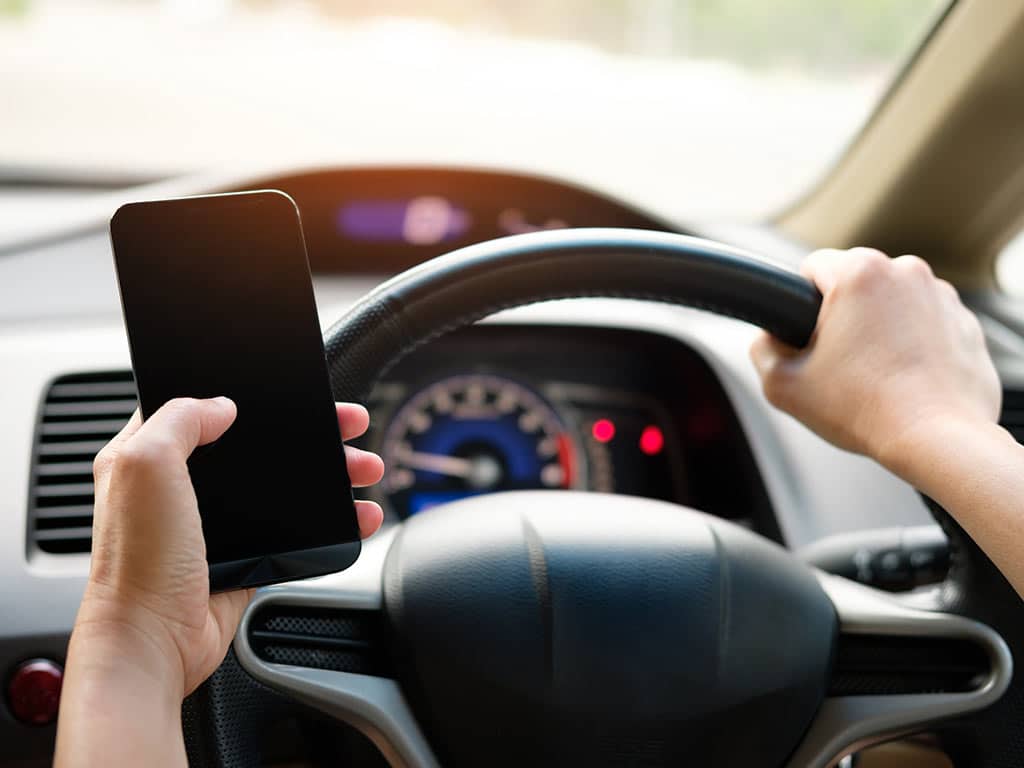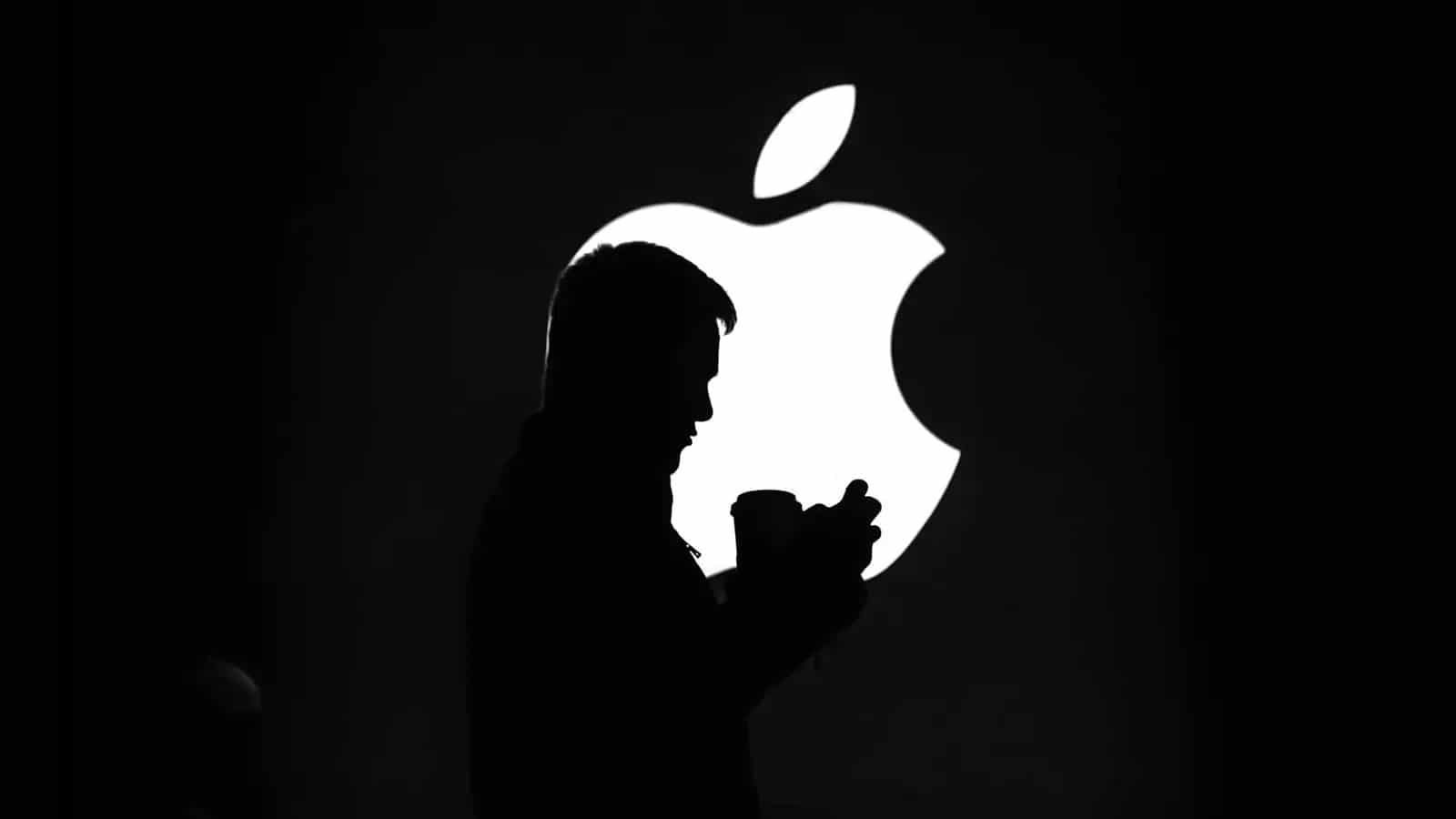Aptiv, a company in Barbados that produces safety technology for cars, is patenting a way to automatically restrict the use of mobile devices in the driver’s seat.
The method installs at least one detector and a communication system inside a vehicle. The detector tunes into the signals generated by devices a person would bring into a car, like a smartphone. The system’s initialization process may include requesting each brought-in device to generate the signals. Detectors may be equipped with either a camera for visible light signals or an infrared detector for IR signals, if not both.
The signals allow the system to analyze the location of devices within the cabin. Aptiv says the detectors may be mounted on the car’s dashboard or ceiling, providing coverage of the driver area along with at least parts of the passenger area.
![A top view of a vehicle with Aptiv’s vehicle safety system [100], which uses signal detectors [110] and a communication system [112] to locate and possibly restrict brought-in devices [108].](https://parolaanalytics.com/wp-content/uploads/2021/09/A-top-view-of-a-vehicle-with-Aptivs-vehicle.jpg)
A top view of a vehicle with Aptiv’s vehicle safety system [100], which uses signal detectors [110] and a communication system [112] to locate and possibly restrict brought-in devices [108].
Should the system detect a mobile device within the driver area, it communicates restrictions to said device, which may include preventing the lock screen from being opened or disabling messaging and alerts. Alternatively, the system may pair and assign hands-free functionalities to the device, like voice-activated instructions or safe display and automated voice reading of received messages.
Devices located in a vehicle’s passenger area maintain their full accessibility. However, moving a device into the driver area would trigger the use restrictions or enable hands-free functionality. Aptiv says secondary sensors associated with detected devices, such as accelerometers and inertial measurement units, are used to detect changes in their location.
The safety system may also use other sensors to corroborate the detectors and verify the location of mobile devices. Aptiv says this particular feature would curb attempts at fooling the system, such as when a driver might hold their phone over a passenger area. Hence, the system may additionally refer to pressure or seat belt sensors to check the presence of a passenger in areas where mobile devices are detected. Bluetooth, Wi-Fi, or ultra-wideband positioning techniques may also help clue the safety system into the true location of brought-in devices.
The patent application mentions an existing solution that restricts a device’s functionality whenever it is paired with a car via Bluetooth. Under this system, the driver would need to indicate that they are no longer operating the vehicle to fully unlock their phone. However, Aptiv notes this system’s obvious fault of having to rely on the honesty of the user, trusting them not to use their phone while driving.
Aptiv’s vehicle safety system is aimed at curbing distracted driving, specifically due to mobile device usage by providing a more fool-proof technique. Distracted driving increases the risk of motor vehicle crashes. In the U.S. alone, about 8 people are reportedly killed by distracted drivers every day. Since distracted driving can mean the difference between life and death, the introduction of more stringent ways to keep drivers’ focus on the road is not only welcome, but gravely necessary.
The featured patent application, “System And Method To Restrict Device Access In Vehicles”, was filed with the USPTO on March 2, 2020 and published thereafter on September 2, 2021. The listed applicant is Aptiv Technologies Limited. The listed inventors are Sunil Lingamurthy Javali, Christopher D. Ruppel, and David M. Spell.






